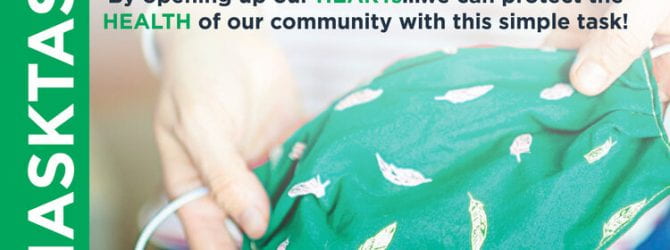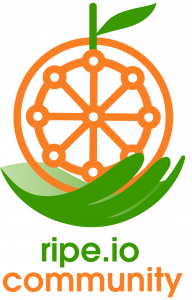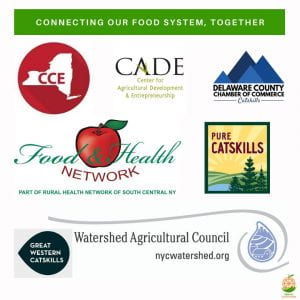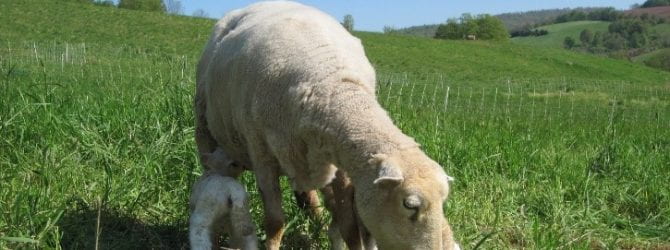 Cornell Cooperative Extension of Delaware County is pleased to welcome to our staff Desiree Keever as our Farm Business Management Educator!
Cornell Cooperative Extension of Delaware County is pleased to welcome to our staff Desiree Keever as our Farm Business Management Educator!
Desiree comes to us with background that blends a lifelong commitment to production agriculture, business management and educational development, delivery and assessment. She was raised on a dairy farm in Otsego County where her family milked cows until this spring, electing to transition to a cow/calf beef and hay operation. For the last 10 years, she and her husband, John, along with their son run a freezer trade beef, pork, and poultry operation. They also enjoy breeding, exhibiting and marketing registered swine, as well as maintaining a select group of dairy animals.
A Cornell alum with a BS in animal science, Desiree was a Dairy Fellow, Farm Credit Fellow, and a Cargill Agribusiness Fellow. She then went on to complete her Juris Doctor at Western New England School of Law. She returned to the family farm operation, while concurrently serving as the Director of Operations for Cooperstown Medical Transport and consulting part-time with New York Center for Agricultural Medicine and Health (NYCAMH). For the last several years Desiree has been an instructor at SUNY Delhi, most recently as a professor of Business Management.
She is very excited to return to her agricultural roots here with Cornell Cooperative Extension Delaware County and is eager to engage with our producers!








